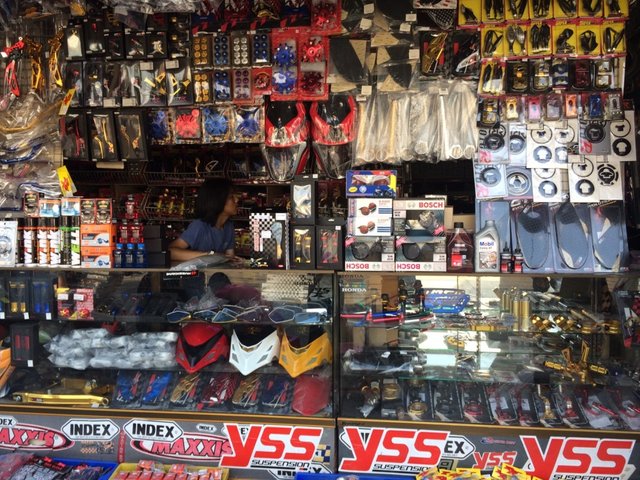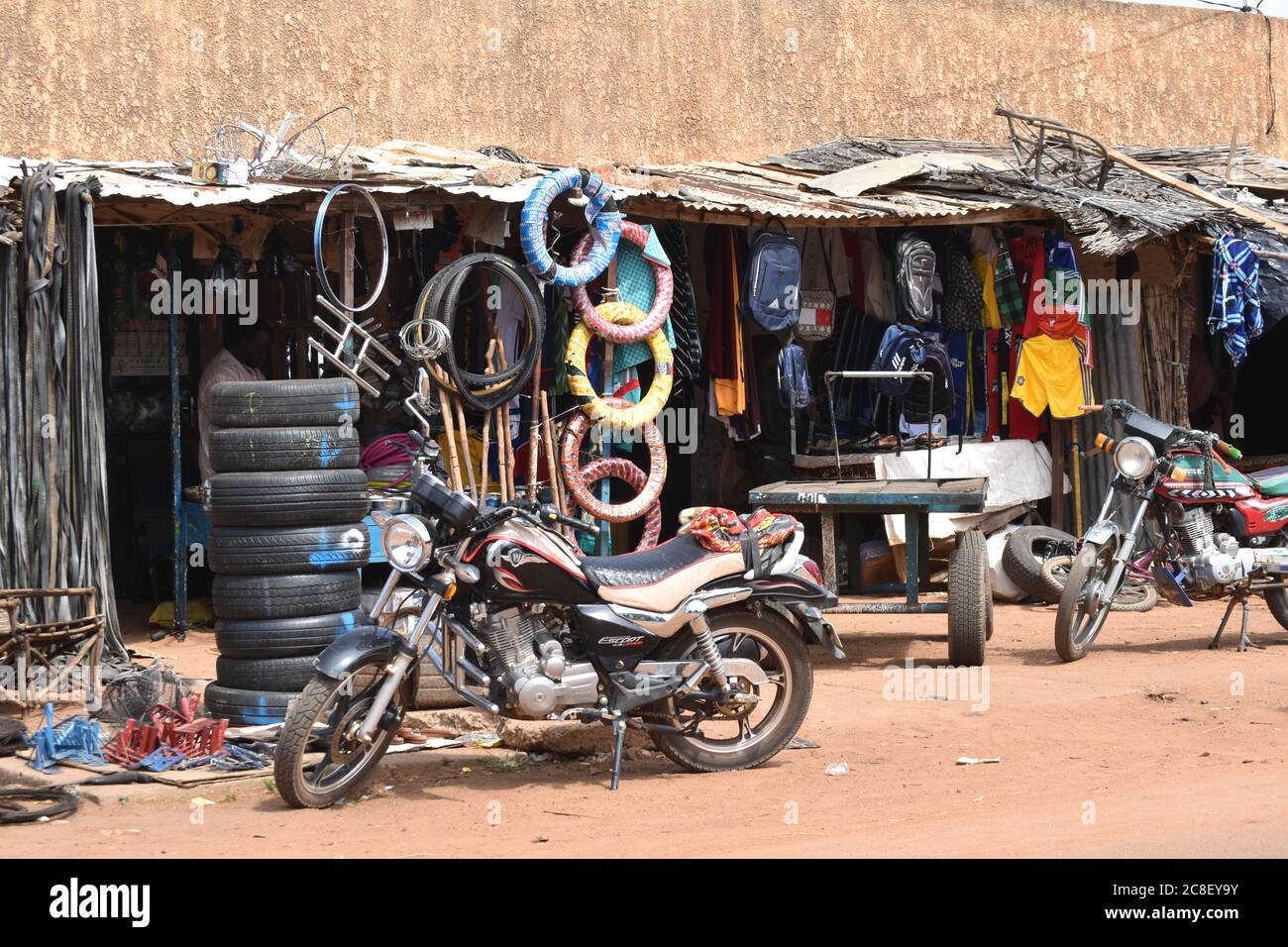Must-Have Motocross Gear: Boost Your Riding Experience Today
Must-Have Motocross Gear: Boost Your Riding Experience Today
Blog Article
Comprehending the Essential Components of a Motorcycle: A Comprehensive Overview for Lovers
For motorcycle fanatics looking to elevate their riding experience and ensure their bikes run smoothly, understanding the crucial components of a motorcycle is vital. Each component, from the engine's elaborate functions to the essential function of the braking systems, not just affects efficiency however also safety and convenience.
Engine Components

The camshaft plays a vital duty in controlling the timing of the engine's shutoffs, guaranteeing the precise opening and closing essential for reliable gas and air consumption, along with exhaust expulsion. This timing is crucial to keeping optimal engine efficiency and efficiency. Furthermore, the carburetor or fuel shot system, depending upon the motorcycle design, is accountable for mixing air with fuel in the appropriate ratio for burning.
The cooling system, either air or liquid-based, works to keep the engine's temperature level within functional limits, protecting against overheating and making certain durability - motorbike shop. Each component, carefully developed and incorporated, adds to the smooth procedure of the engine, defining the motorcycle's power outcome and overall performance
Transmission System
Important to the motorbike's capability, the transmission system makes certain reliable power transfer from the engine to the wheels. This system consists of several vital elements, consisting of the clutch, gearbox, and last drive, each playing an essential role in equating the engine's power into activity. The clutch, commonly operated by a hand bar, serves to involve and disengage the engine from the transmission, enabling for smooth gear changes and regulated velocity.
The gearbox, usually described as the transmission proper, contains a collection of gears that cyclists can manually shift with to readjust the bike's rate and torque output. These equipments are prepared in a series that allows the bike to accelerate efficiently and keep ideal engine performance across various speeds. Most motorbikes utilize a consecutive transmission, needing the cyclist to shift equipments in a predetermined order.
Braking Mechanisms
While recognizing the transmission system is vital to harnessing a motorcycle's power, just as crucial is the capability to manage and quit that power effectively, which is where braking devices enter play. Brakes are important for safety and performance, offering the rider with the needed control to navigate numerous terrains and problems. Normally, motorbikes feature 2 types of stopping systems: disc brakes and drum brakes.
Disc brakes are a lot more common in contemporary motorbikes due to their premium performance. They are composed of a brake disc, caliper, and pads. When triggered, the caliper squeezes the brake pads against the rotating disc, transforming kinetic power into heat, thereby slowing down the wheel. This system supplies better heat dissipation, consistent performance, and enhanced quiting power, specifically in damp problems.
Conversely, drum brakes, though less usual, are still located in some bikes. They work by pressing brake shoes against the inner surface area motorcycle repair near me of a drum affixed to the wheel. While generally much less effective in heat dissipation and stopping power, drum brakes are simpler and much more cost-efficient.
Understanding these stopping systems' subtleties allows riders to keep their motorbikes appropriately and appreciate the engineering that ensures risk-free and efficient quiting.
Suspension and Guiding
Suspension and guiding systems are vital elements that considerably affect a motorcycle's handling and ride convenience. The shock absorber, being composed of forks at the front and shock absorbers at the rear, takes in roadway abnormalities, improving security and control. Front forks, generally telescopic or inverted, compress and rebound to alleviate impacts, while back shock absorbers preserve tire call with the roadway, vital for grip and security.
Guiding, focused around the handlebars, attaches the cyclist to the bike's directional control. The guiding head bearings make certain smooth operation, enabling exact ability to move. Correct alignment and maintenance of these bearings are critical for foreseeable guiding action and lowering biker fatigue.
The suspension's adjustability is an additional important element; preload, damping, and rebound settings permit personalization to fit numerous riding designs and problems. This flexibility is important for optimizing efficiency, whether navigating city roads or taking on sturdy tracks. Developments like digital shock absorber use real-time adjustments, improving trip top quality across diverse surfaces.

Electric Solutions
After making certain a smooth and controlled experience with efficient suspension and steering systems, focus transforms to the electric systems, a pivotal element of contemporary motorbikes. These systems play an essential function not just in starting the engine yet also in powering numerous components that boost the performance and security of the motorcycle.
At the heart of a motorbike's electrical system is the battery, which shops electrical energy needed for starting the engine and powering complementary systems - motorcycle shop. The generator or generator, paired with the rectifier-regulator, guarantees the battery continues to be charged while the bike functions, transforming mechanical power right into electrical power and maintaining voltage levels
The ignition system, one more essential part, is in charge of firing up the air-fuel mix in the engine's cylinders. Modern motorcycles usually use an electronic ignition system, offering higher performance and dependability contrasted to conventional systems.
Illumination systems, including fronts lights, tail lights, and indications, are likewise vital, guaranteeing visibility and security for the cyclist. Added digital parts such as sensing units, control devices, and shows contribute to innovative functions like fuel injection management, anti-lock stopping systems (ABDOMINAL), and electronic control panels, better improving the riding experience.
Final Thought
A complete understanding of a bike's essential parts, consisting of the engine, transmission system, braking mechanisms, suspension, steering, and electric systems, is essential for lovers aiming to enhance security, convenience, and efficiency. Mastery of these aspects permits notified decisions relating to upkeep and upgrades, eventually enhancing the riding experience. By integrating this knowledge, motorcyclists can guarantee their bikes run at peak efficiency and reliability, click here to read thus making best use of both satisfaction and long life of their lorries.
For motorbike fanatics looking to elevate their riding experience and ensure their bikes run smoothly, recognizing the essential elements of a motorbike is paramount.Essential to the motorbike's capability, the transmission system makes sure effective power transfer from the engine to the wheels.While understanding the transmission system discover this info here is crucial to taking advantage of a bike's power, just as crucial is the capability to manage and stop that power successfully, which is where braking mechanisms come right into play. Typically, bikes include two kinds of braking systems: disc brakes and drum brakes.
A thorough comprehension of a motorcycle's important elements, consisting of the engine, transmission system, braking devices, suspension, guiding, and electric systems, is indispensable for fanatics intending to enhance safety and security, efficiency, and convenience.
Report this page